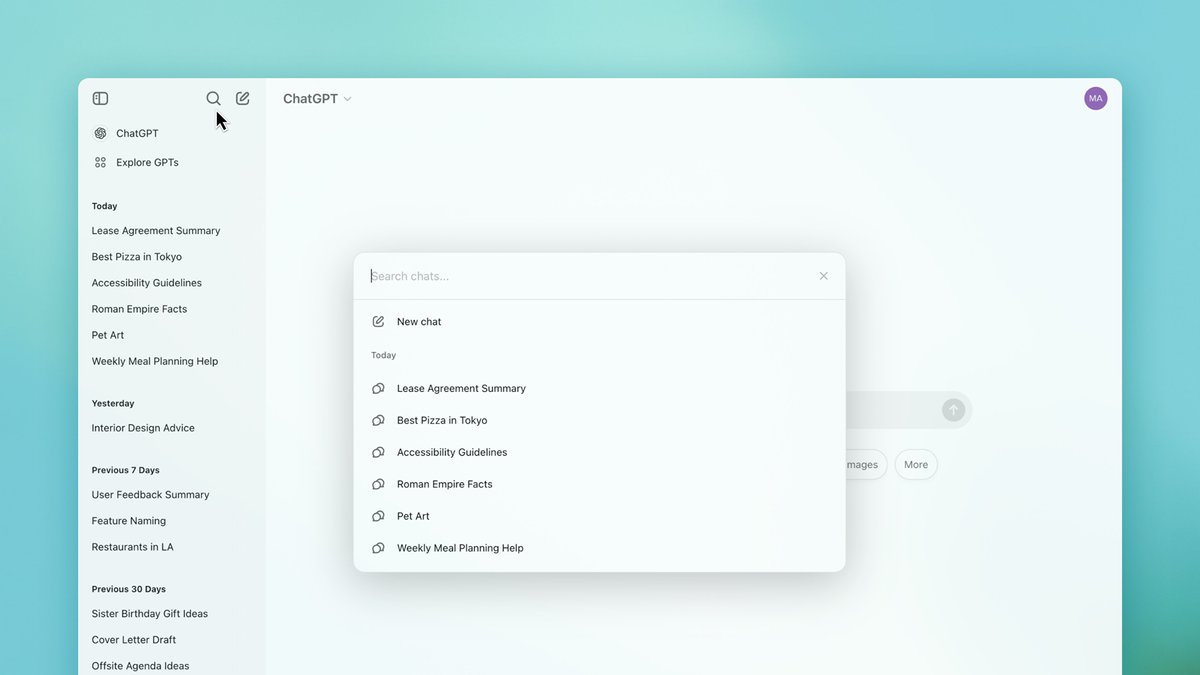
I'm a self-proclaimed audiophile on a never-ending quest to get the best sound possible for my listening pleasure.
During this journey, I've encountered terms I didn't know and would have to look them up to understand better what I was hearing or looking for. I thought I'd share some of those terms with you.
Also: The best headphones you can buy
This isn't an extensive list. However, I believe the terms will help you when it's time to buy new equipment (especially with the holidays coming).
So, grab your best playlist, and let's talk sound.
1. Audiophile
An audiophile is a person who is passionate about sound and wants to achieve the best possible reproduction of audio from recorded music.
Also: I changed these 5 settings on my Android phone to instantly boost the audio quality
Audiophiles have gained a rather negative reputation for being snobs and turning their noses up at lesser-quality equipment. Although that may be true in some cases, most audiophiles just want to hear music how it was meant to be heard.
2. Bit rate
Bit rate is the number of bits played or transferred during a given time and expressed in Kbps (kilobits per second).
3. Channel
Channel is a path for carrying sound (or data) and is typically referred to via a left or right channel. In audio, you can think of the left and right speakers as two distinct channels.
4. Clipping
When an amplifier is driven into an overloaded situation, distortion is created. This is typically associated with the volume being set too high or the result of poorly mastered recordings.
5. Codec
A codec is an encode/decode process that encodes a signal into a specific format before it is recorded or transmitted. That signal is then decoded for playing. Some people mistakenly assume a codec is MP3, FLAC, OGG, or other file formats. However, technically speaking, a codec is a set of instructions for creating or reading those file formats.
6. Crossover
A crossover is a set of filters (usually hardware but there are software crossovers) designed to restrict signal frequencies sent to a speaker.
Also: How to remove background noise in Audacity for better-sounding podcasts
This term is often used to refer to a subwoofer, where the crossover can limit the signal going to the sub to specific low frequencies (to avoid the sub from sounding too muddy or too hollow).
7. DAC
DAC stands for Digital to Analog Converter and converts digital files to analog signals to be played back.
8. EQ
EQ is shorthand for equalization and refers to the ability to change the levels of different frequencies (think lows, mids, and highs) to better suit your taste.
Also: What is EQ and why is it an important factor in improving sound?
9. Frequency response
Frequency response is the measurement of amplitude (the change or magnitude of a periodic or non-periodic variable) relative to signal frequency to establish a range a piece of audio equipment can handle. For example, a flat frequency response means all frequencies are at the same level.
10. High Resolution
High Resolution refers to digital formats recorded with high bit and sample rates greater than the standard 44.1 KHz/16 bit (which you'll find in CDs) and is often referred to as "lossless". If you go lower than the standard, you introduce noise.
11. Impedance
Impedance is a measurement in Ohms and indicates the resistance a speaker presents to the amplifier in the audio chain.
12. Latency
A short period of delay between an audio signal's creation and when it is either heard or recorded. The lower the latency, the better.
Also: I'm an audiophile, and these $150 headphones had me fooled
13. Sensitivity
The amount of energy required to drive a speaker. Or, rather, how loud a pair of headphones will be at a given signal strength. The higher the sensitivity, the louder the headphones.
14. Soundstage
Soundstage is the imaginary three-dimensional space created by high-fidelity audio that allows the listener to hear the location of instruments in their surroundings. There is no quantifiable measurement for soundstage but a wider soundstage makes it easier for the listener to place the musicians in that imaginary space.

 1 week ago
8
1 week ago
8



:quality(85):upscale()/2023/09/21/802/n/1922729/d9a11ce9650c8850437280.00070284_.jpg)


:quality(85):upscale()/2024/10/30/711/n/1922441/c62313206722590ade53c4.47456265_.jpg)

 English (US) ·
English (US) ·